There is something timeless in Nepal, that slows time down in its beautiful blend of ancient temples, mountain trails, and warm-hearted villages. In 2025 that dynamism in Nepal is more alive; it is awakened after years of cool growth and care. High, snow-capped peaks twinkle in a cerulean sky; vibrant festivals light the streets; and every corner of the country beckons with adventure. A land where monuments transfix breathtaking phenomena like black clouds and lightning but go deep-rooted culture per partakers which make historic fun moments pinked at every bend.Whether it’s action, peace, or a pure connection to nature and people, Nepal is certainly going to a sweep.
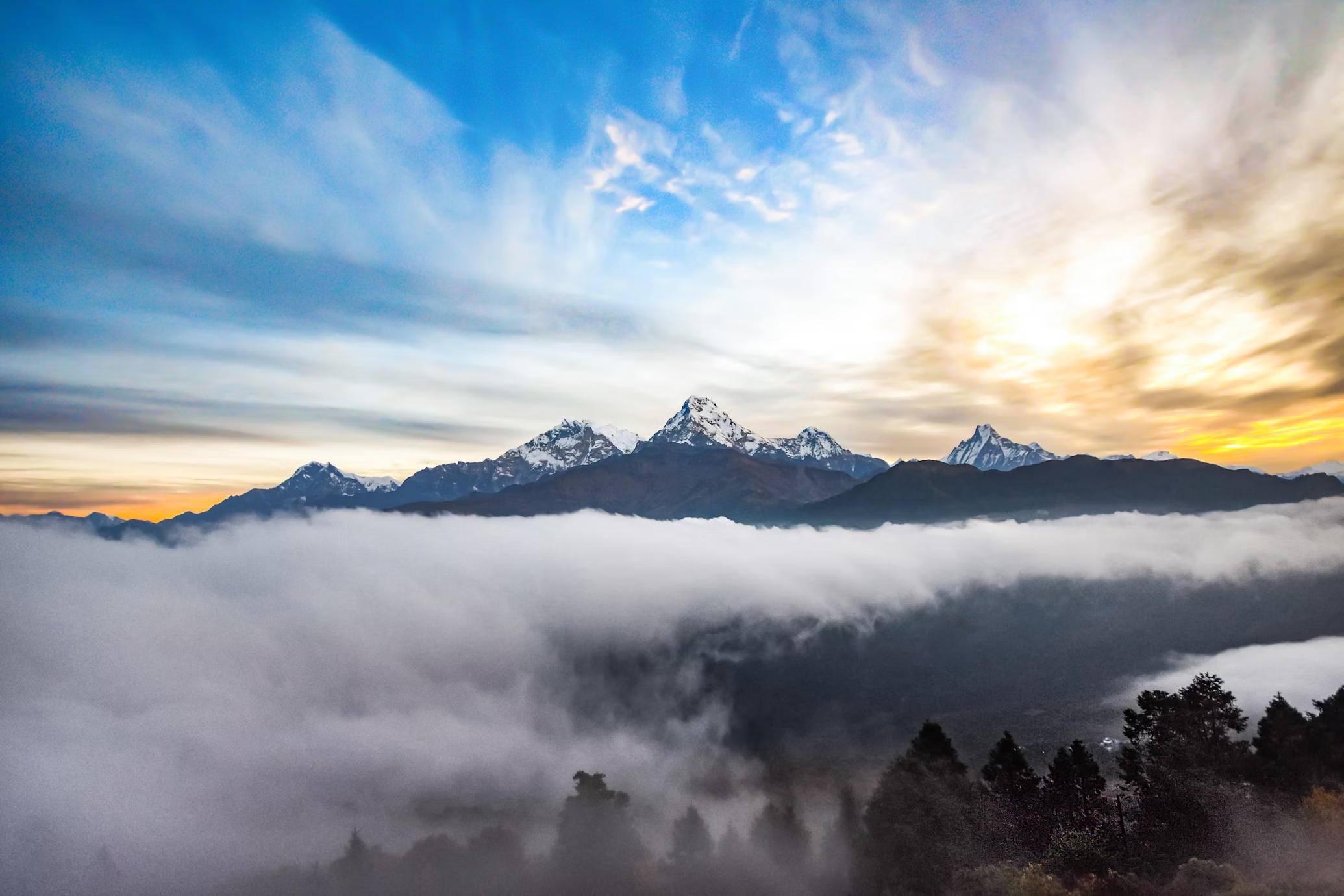
Traveling to Nepal has never been as exciting and more welcoming these days as it is in 2025. Improved trekking trails, eco-friendly tourism, hidden jewels, and renewed hospitality make Nepal really shine in 2025. At every turn, stunning views become infused with experiences so deeply meaningful that they will last long after you return home. So pack your bags and get ready because Nepal is going to bring you the world (and part of yourself) you’ll hardly ever forget.
1. Rejuvenation of the Trekking Trails
Major improvement has been carried out on Nepal’s trekking trails, making 2025 a perfect time to strap on your hiking boots. The award-winning Everest Base Camp trek trails now feature improved lodges, clean drinking water stations, and up-to-date maps of the entire trekking trail. The two-use suspension bridges and marked routes of the Annapurna Circuit are better enhancements that make the trekking safer. A new awakening to order and eco-friendliness has aimed at both the popular trails and lesser-known trails, thanks to the government and the community. Trekkers can now traverse the trails with ease and comfort on their parts.
On the trails, more attention toward environmental sustainability is now honored. Solar energy is supplied at the lodges, the use of plastic is discouraged, and waste management campaigns are introduced among the visitors. This would conserve any untainted landscape and reduce their guilt in having an environmentally untested travel choice. Walkers may cover their conscience with a little piece of guilt feeling that their travels were good with nature. Thus, trekking in Nepal is an adventure that also supports conservation.
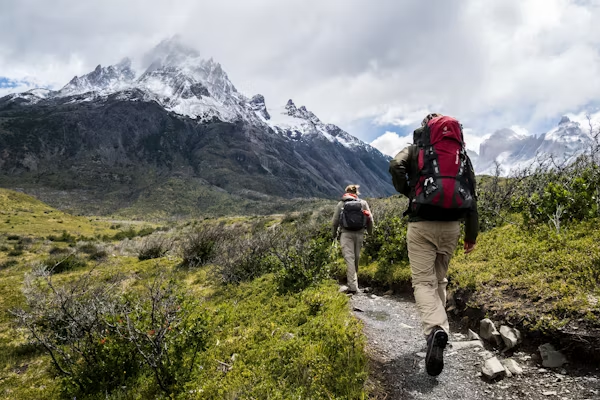
The guided trek is now becoming more professional and engaging, thanks to changes made in 2025. Local guides, certified and trained, teach greater insight into the culture during the hikes. Many agencies train these guides in language and culture so they could better interact with tourists. Thus, the trekkers not only see the scenery but understand the aggravating sighs behind every valley and mountain. Your walk across the land of Nepal will feel like a walk among the pages of history.
Undoubtedly, environmentalists are benefitting from less-busy alternate routes. From Manaslu Circuit and Kanchenjunga to the latest Lower Dolpo trek, these unspoiled trails provide a special treat for the connoisseur. They draw you closer to the local way of life and remote natural beauty. The trails now have better signages and more communication means, including Wi-Fi and emergency phones. Go ahead, pick an offbeat path; your safety is assured.
Even short hikes near Kathmandu and Pokhara have made their breakthrough. Poon Hill, Nagarkot, and Dhampus sticker plaster beautiful views and don’t require weeks of commitment. They are now family-friendly: Improved accommodation options and local support make them perfect for travelers with limited time, offering a real Himalayan experience in a few days. In 2025, Nepal stands wide open for trekkers with all ambitions.
2. Cultural Festivals in Full Swing
In everything, Nepal’s cultural pulse beats louder and merrier than ever in 2025. Spending few quiet years reunion for festivals, such as Dashain, Tihar, and Holi, is now worth some celebrations. Streets are all filled with colorful parades; music and traditional dances tempt travelers to join the celebration. Each festival throws open a window onto a life entirely lived in, with ritualized layers of antiquity and modern joy. However, just visiting one can truly inspire one to feel very connected and belong to the spirit of the country.
Dashain is Nepal’s biggest festival. For fifteen days, it is celebrated with worship, family gathering, and blessings. House cleaning and decoration happen, reunite families, and scent of incense and offerings fill homes. Travelers can observe or even join ceremonies. Tika could be taken from an older person in the same way families eat during Dashain. The chance is just too few to experience Nepali hospitality at its best.
Another miracle is tihar-the Festival of Lights. Thousands of little oil lamps and colorful rangolis light up houses and streets. Daily life is honored on different days with crows, dogs and cows. You will hear the sweet sound of “Deusi-Bhailo” songs echoing through villages and cities. Travel enthusiasts who love photography, music, and deep traditions will love the festival.
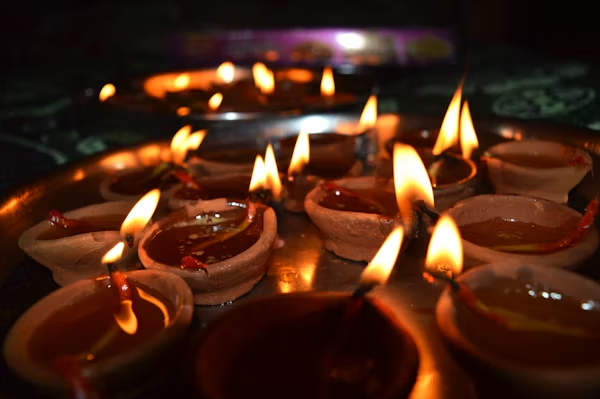
But besides the national festivals, the local jatras in Kathmandu, Bhaktapur, and Patan is very lively spectacles. Chariot processions, masked dances, and ancient rituals fill the old towns with life and color. These small festivals present to you a closer experience of the very old traditions of Nepal. Sometimes you find yourself swept into a street procession or found sweets offered to you by the smiling stranger. It is a spontaneous and unforgettable part of visiting Nepal.
Festival tourism is even better organized in 2025. It contains program tours, which are very special, that accompany travelers in arranging their trips around major events. Cultural centres offer workshops on traditional dance, cooking, crafts at the festival time. This makes it easy and welcoming for the visitors to learn and participate. With the Nepal festival, you move straight into the heart of its culture.
3. Thriving Adventure Sports Scene
Nepal’s fame as an adrenaline capital saw another upswing in 2025. Pokhara, the adventure capital of Nepal, now enjoys increased paragliding, zip lining, and ultralight flights over the world-famous Himalayan scenery. Rafting on the Karnali and the Sun Koshi rivers is hailed for some of the best white-water rafting in the world. Newer trails for mountain biking and rock climbing walls have sprung up all across the country, establishing Nepal as your playground if you seek adventure.
The paragliding adventure has never been better in Pokhara, thanks to improved safety protocols and tandem flying options for novices. Gliding over Phewa Lake with the Annapurna range in the back is just surreal. New training schools allow you to get your certification within a few weeks. Sunrise flights create magical illumination on the peaks for photographers. A dream adventure made safer and more accessible.
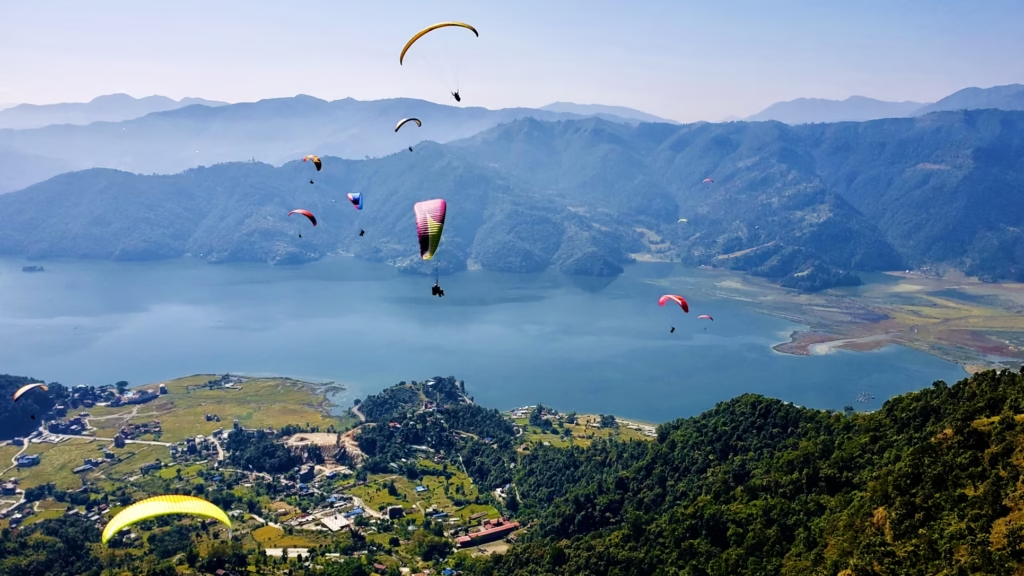
Rafting has just gotten tougher with the addition of multi-day expeditions. Exciting one-week drifts through deep gorges and pristine jungle areas are now held on the Karnali River. Guides are internationally certified, and today the campsite sites have improved. If you’re looking for challenge blended with nature, rafting in Nepal is the way to go. Every rapid is a story on this journey.
Ziplining and bungee in Nepal have become a pilgrim’s progress. The mighty nation houses the longest and the highest zip-lines worldwide, which swoosh you over the valleys and rivers, making your heart race. The Last Resort on the Tibetan border bungee-jumps over the Bhote Koshi River. New bungee spots in Pokhara and Kushma give additional thrills to adventure junkies. Nepal knows how to make your heart race!
Also, mountain biking and canyoning have become popular. From rides on the rim of the Kathmandu Valley to rugged Mustang off-road adventures, bikers have a myriad of new routes to choose from. Canyoning in the new waterfalls of Jalbire and Sundarijal is refreshing fun for any group. Local operators offer guided packages, including rentals and training. Adventure sports in Nepal are no longer a side attraction but a prime reason for regional tourism.
4. Sustainable Tourism Development
Oh yes it is! In this very year, sustainable travel experiences are the norm in Nepal; eco-lodges, homestays, and lodges have multiplied. Many use solar energy and rainwater harvesting, and support local organic farming. While the cities and trekking trails are all having plastic reduction initiatives, they encourage visitors to respect the environment and community via various programs.
The big conservation parks have put a lot of effort into conservation today, as mentioned in the paragraphs above. Wildlife tourism now has ethical safaris that employ trained naturalists under eco-friendly practices. There are also chances for visitors to learn more about rhino, tiger, and snow leopard conservation projects. Tourism income will be reinvested in these efforts to protect endangered species and habitats. Thus, each visit becomes more meaningful for the conscious tourist.
Community-based tourism is thriving indeed in 2025. Villages like Ghale Gaun, Barpak and Nuwakot promise true homestay experience. Travelers can slaughter the traditional homestay where they eat local titbits made from vegetables, learn how to weave or develop pottery skills, and experience living with locals. Such travel opportunities support local economies and expose people to real cultural exchanges. It is travel making personal sense for an impactful life.
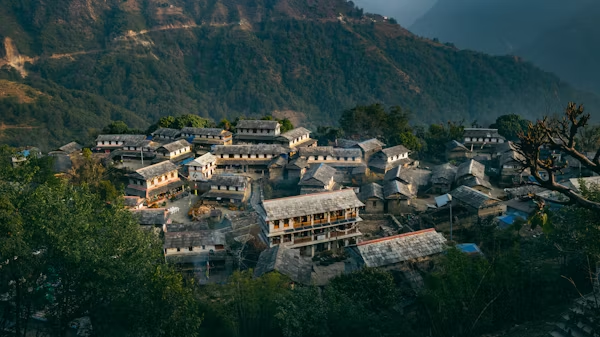
Most of the trekking routes now talk of “Leave no trace.” Travelers are given guidelines on optimizing waste, respecting local culture while protecting sensitive ecosystems. There are volunteer opportunities along the way, providing some chances to be a part of clean-up drives or to initiate reforestation projects. Trekking companies even reward responsible travelers with discounts and certificates. Well, this is what makes sustainable travel not a passerby memory but a proud movement in Nepal.
Raising awareness about eco-tourism through workshops is also about making the traveler conscious of his/her footprint. Topics include wildlife conservation, waste management, and local craftsmanship. On the tours and various events, NGOs have partnered with local businesses to educate both tourists and the communities. Thus, whatever memories visitors have when leaving Nepal, they also go with real knowledge into the world. Traveling out here in 2025 would mean traveling smartly and beautifully at the same time.
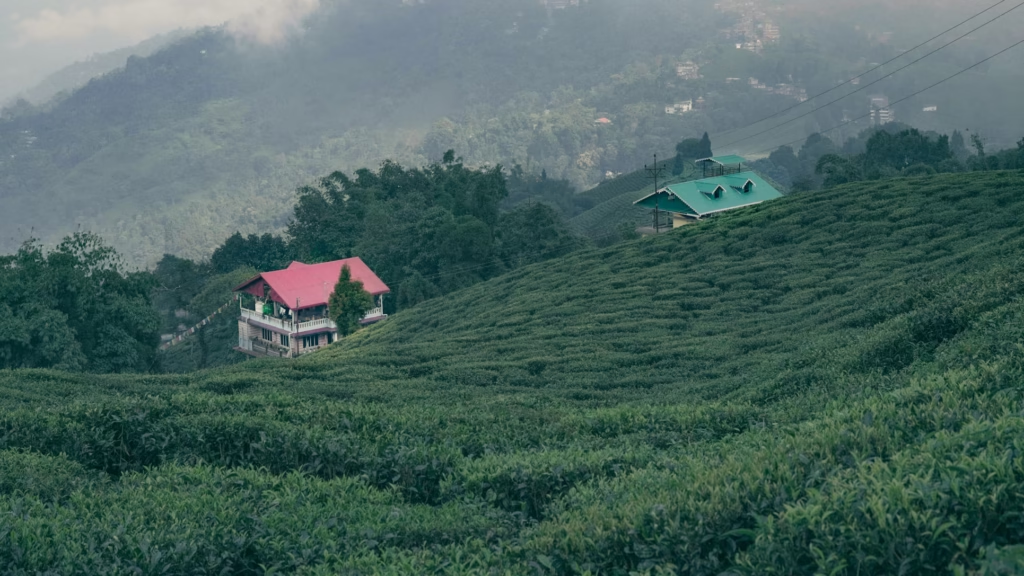
5. Hidden Gems Are More Accessible
Nepal’s offbeat destinations are gradually being made accessible, with construction of roadways and air links. This implies that places such as Rara Lake, Dolpo, and Khaptad National Park have become less than difficult-hence, these unafraid of nature at its finest are for everyone now. Small domestic airlines and secure roadways are opening new corners of the country for travelers. The nature of these hidden gems grants them total peace from any interruptions and unscathed natural beauty. The visit feels like discovering a world of secrets.
Rara Lake in the northwest reportedly is the largest lake in Nepal shining like a blue jewel. The year 2025 is anticipated to bring much comfort as Talcha Airport becomes amply serviced with adequate air links, and newer trekking lodges are constructed around the lake. Horse rides circling the lake and comfortable camping sites paint a dreamy wilderness picture. The tourists are few, but the locals are warm and welcoming. It is there for those yearning for stillness.


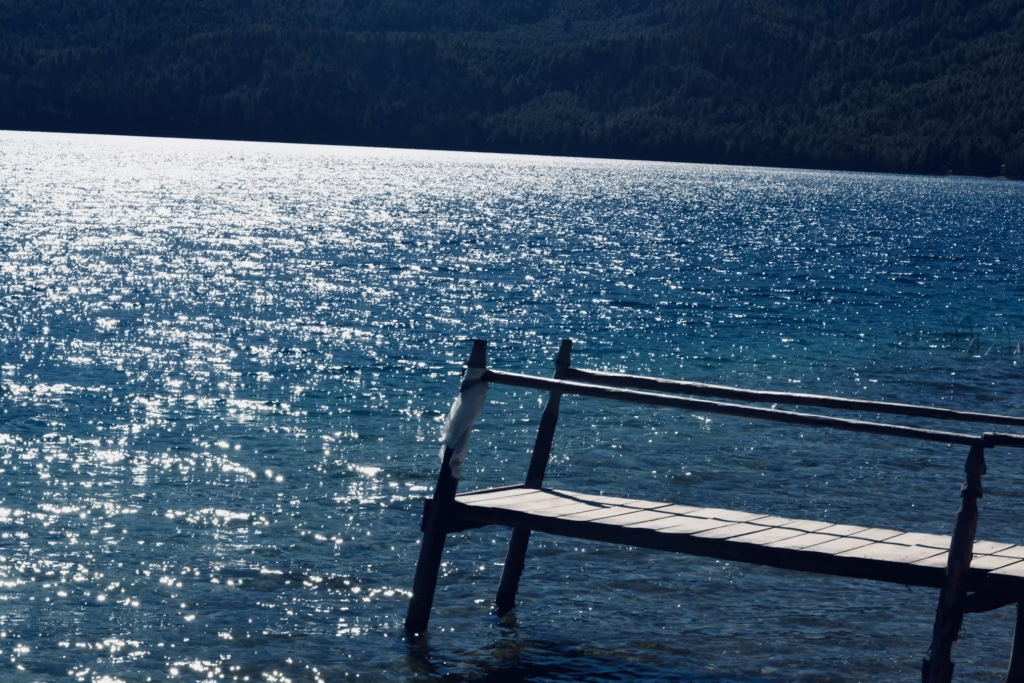
Upper Dolpo, on one hand, had never excited a trekker; today, it welcomes enthusiastic adventure hikers who appreciate trekking amid ancient monasteries and salt routes into barren yet beautiful landscapes. It is only guided trekking and helicopter tours that will make such areas viable for safe exploration. Dolpo has its own untouched Tibetan Buddhist culture which feels like a time-travel journey. One of the best-kept secrets hidden in Nepal.
Far West Nepal, Khaptad, and Bardiya, are now beginning to attract nature enthusiasts. The grassy meadows and spiritual sites of Khaptad provide scenic walks and quiet meditation retreats. Bardiya National Park offers thrilling safaris to see tigers, rhinos, and elephants. These areas mix adventure with a rich local tradition and warm hospitality. Exploring them feels like a whole new unlock to Nepal.
Tour operators have developed “Hidden Nepal” itineraries focusing on destinations that are lesser-explored. These tours appeal to travelers in search of true experiences and deep connections. Local communities are actively engaged in tourism planning to share the generated benefits. New visitor centers and eco-lodges afford comfort while treading lightly on nature. The year 2025 is the golden year to visit before these gems become mainstream.
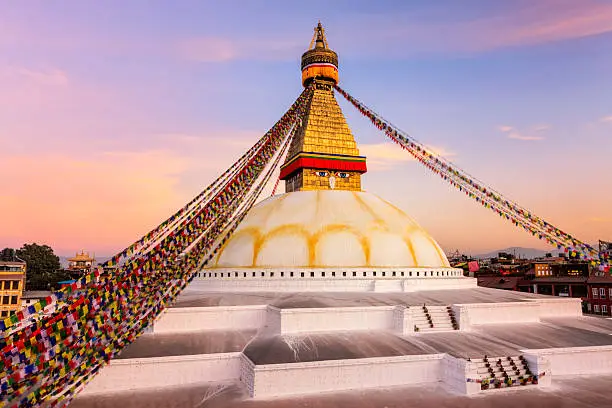
6. Budget Friendly yet Rich Experience
Having affordable travel options far and wide, we can say that Nepal would be one of the budget travel destinations in 2025. Despite improved services and infrastructure, the cost remains reasonable for most travelers. Hotels are comfortable, food is delicious, and transportation is available at every price point-well, from luxury treks to extreme budget backpacking; you decide. Either way, the richness of the experience far outweighs the money required.
For around $2, you can have a hearty local meal, dal bhat (rice, lentils, and vegetables). In cities and trekking routes, the guesthouses are clean and cozy, and cost $10-$20 per night. Tramp through budget air travel or shared jeep, and you find a simple and inexpensive way to get around Nepal. Comparatively, even guided treks and cultural tours come at a very reasonable price. Traveling in Nepal is a long-cherished dream for budget-wise explorers.
The growth in group tours, travel passes, and discounts keeps widening in 2025. Trekking agencies and hotels are known to indulge people with discounted early bird offers and off-season rates. Museums, temples, and festivals generally have subtle fees on entry-or sometimes no fees at all for voluntary contributions. Cheap local SIM cards and Internet packages keep you connected without spending too much. Nepal ensures that you have every dollar worth spending.



Thoughtful and realistic adventures beckon even if you are on a shoestring budget. Paragliding at Pokhara, rafting in crazy rivers, and going on jungle safaris will not give you a heartache while deciding on spending. Creating window memories through breathtaking and mesmerizing bus journeys amid nature and soothing tracks to hilltop villages hardly charge. A host stay or a local market-the kind of experiences that will stay forever-almost free of charge. In Nepal, luxury means memories instead of money.
More and more digital nomads are taking to Nepal for its affordability and lifestyle. Kathmandu and Pokhara now abound with co-working spaces, cafes, and cheap short-term rentals. The low cost of living makes extending your stay by months an option if you want. Skillful locals, appetizing food, and breathtaking weekend getaways make it even better. Nepal is the epitome of magic for the long-term travelers.
7. Warm Hospitality and safe travels
The legendary warm Nepali hospitality has turned really warm and genuine in 2025. After all the chaos that hit the globe, the warmth With a voice that calms in each place you roam: “Namaste!” coupled with endless cups of tea, makes one feel most welcomed. Be it hotel staff, tour guides, or even strangers: people will put these travelers first in every little thing to make them feel at home. This genuine kindness changes a mere visit into a deep connection.
Standards of hygiene and safety have undergone serious elevation in hotels and guesthouses. Travelers can be reassured with the assurance that cleanliness, health, and safety procedures are adhered to. Medical facilities and insurance for travel have also been well developed, providing added peace of mind. Emergency services coordination has now improved in rugged trekking areas and tourist locations. Traveling in 2025 feels deeply safe and organized within Nepal.
Nepal will emerge as a power zone for solo women travelers. This culture unquestioningly respects guests, and the safety of solo visitors has thus become a national goal. There are more homestays, women-run lodges, and female guide services. Friendly communities mean that you will rarely be alone while traveling independently. The spirit of Nepal encourages and comforts the solo traveler.
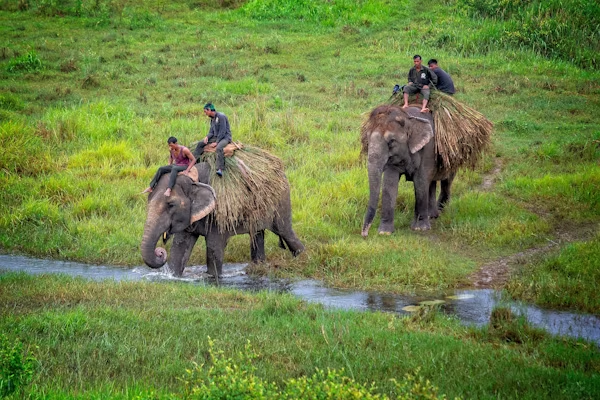
Family travel-green light all the way in Nepali culture. Hotels and tour firms begin to offer family packages with activities tailored to children. Shorter treks, wildlife safaris, and cultural workshops actively incorporate travelers of all ages. Nepalis love children. Where toddlers are often treated like the VIPs they are. Families feel safe, engaged, and heartily welcomed during their journey.
The heart and soul of Nepal shine ever so brightly through its people anywhere in the country. Be it that you were invited to the cozy village house for a calming tea or perhaps a stranger had shown you the way-the little things create a great story. These authentic moments of engagement give Nepal its glorious distinction. You will not merely visit Nepal; you will feel a part of it. And in 2025, the singular most precious thing in Nepal is its people.
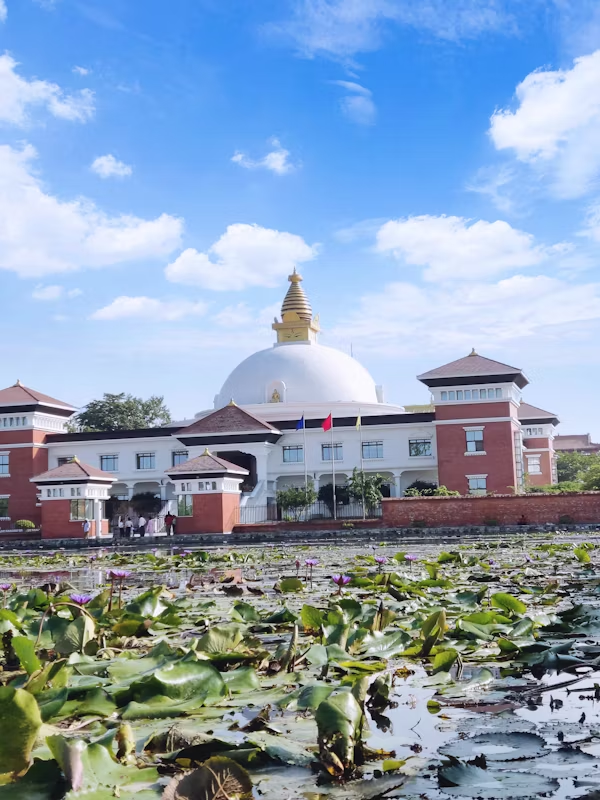
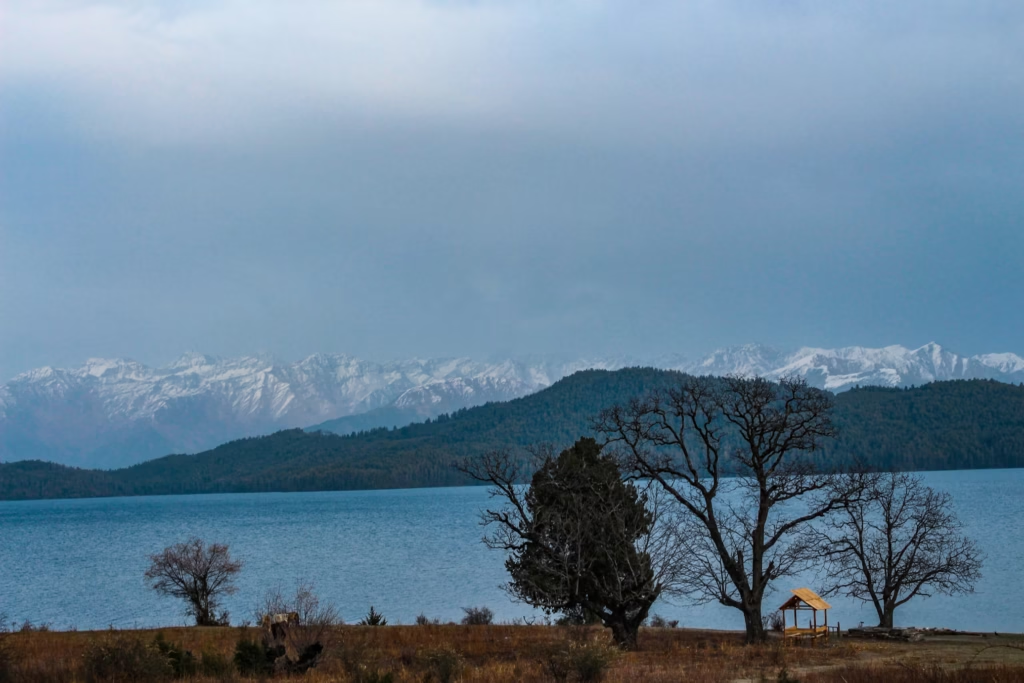
Conclusion
Nepal will bring feelings to transience beyond destinations in 2025. Whether you are looking for adventure or excitement, culture or landscape, or just warm human fellowship, Nepal offers all of it. From major festivals to revamped trekking trails, each corner has hidden gems, all year long. It is simply about discovering places people have not been before; it is about depersonalizing another part of yourself. So grab your travel bag and do come to the mountains; Nepal will greet you with a toothy smile.

